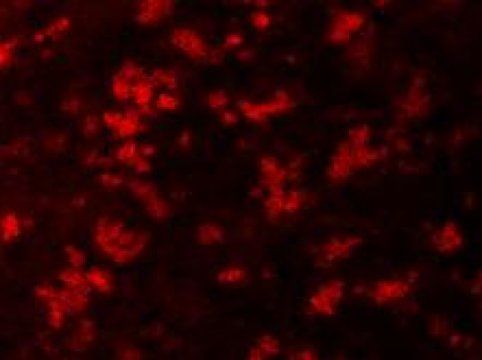NGS — news flash; gene editing corrects genetically linked liver disease.
For the first time, researchers have treated an animal model of a genetic disorder using a viral vector to deliver genome-editing components in which the disease- causing mutation has been corrected. Delivery of the vector to newborn mice improved their survival while treatment of adult animals, unexpectedly, made them worse, according to a new study by investigators from the Perelman School of Medicine at the University of Pennsylvania The team published their findings in Nature Biotechnology.
“Correcting a disease-causing mutation following birth in this animal model brings us one step closer to realizing the potential of personalized medicine,” said senior author James Wilson, MD, PhD, a professor of Medicine and director of the Orphan Disease Center at Penn. “Nevertheless, my 35-year career in gene therapy has taught me how difficult translating mouse studies to successful human treatments can be. From this study, we are now adjusting the gene-editing system in the next phases of our investigation to address the unforeseen complications seen in adult animals.” Wilson is also director of the Penn Gene Therapy Program.
The Wilson lab focused on liver as a target for gene editing since they had solved the problem of gene delivery in this organ in previous work using traditional gene therapy using vectors based on adeno-associated virus (AAV). However, gene replacement therapy with AAV is not ideal for treating genetic diseases of the liver that manifest as newborns since the non-integrating genome is lost as developing liver cells proliferate.
